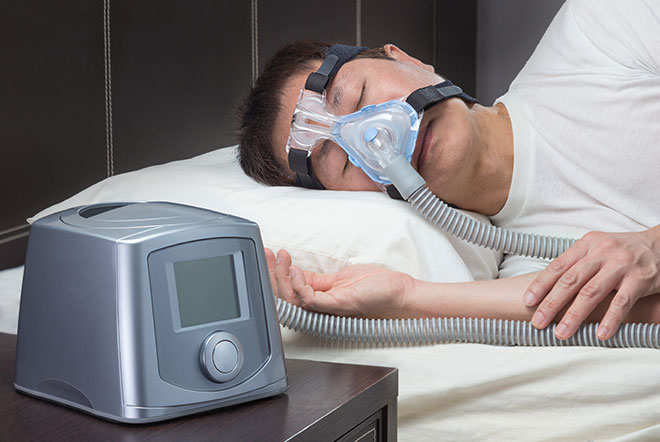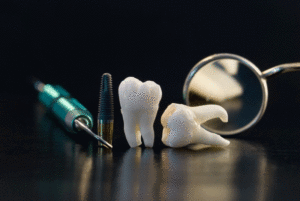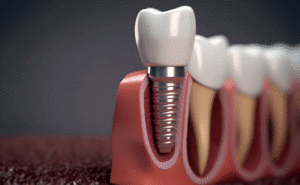While the CPAP (Continuous Positive Airway Pressure) machine is an effective device for treating sleep apnea, it doesn’t come without its issues and side effects. For starters, there’s the potential discomfort and adjustments necessary when wearing the mask as you sleep. But there’s one significant side effect that can be uncomfortable and embarrassing, and that’s aerophagia, which means air swallowing.
How does aerophagia occur? Because the CPAP works by delivering a consistent stream of air to keep the airway open, at times excessive air can enter the stomach. While consuming this excess air isn’t harmful to the body, it can be uncomfortable. That’s because common symptoms of intake may include belching, flatulence or stomach bloating. In much rarer circumstances, vomiting air or stomach pain may occur.
Basically, CPAPs fit as a mask over your mouth and let’s be honest, wearing a mask while you sleep can be uncomfortable. These masks can also lead to skin irritation and stuffy nose as well.
Treating Stomach Bloating
For many people, the excess air taken in is typically passed within an hour of waking up, so the relief can be fairly quick. However, there are other means of both treating and preventing the consumption of this excessive air. Here’s a look:
- Decrease machine pressure: There’s a good chance that if you’re experiencing bloating or other symptoms that the pressure settings on the CPAP are too high. If you do adjust the pressure, it’s just important to ensure that the setting is still enough to keep the airway open.
- Switch up your sleep position: Try sleeping so that your body is on more of an incline, as such an angle can make it more difficult for air to reach the stomach. A wedge pillow is a great way to ensure that you’re sleeping on an angle. Though a more expensive option, an adjustable bed can also help with this.
- Over-the-counter medication: If only a small amount of air is entering the stomach, then an over-the-counter gas relief medication can help relieve symptoms. However, if the air consumption is significant, this type of medication will likely be ineffective.
CPAP Alternatives
While the CPAP is perhaps the best known device for treating sleep apnea, it’s hardly the only one. In fact, there are other treatments and lifestyle adjustments that individuals can take to help manage or eliminate symptoms. Here’s a look at some CPAP alternatives:
- Oral appliances: For mild to moderate airway obstruction, a splint or oral device from your dentist can help keep the airway open. These devices are inexpensive and don’t come with many of the side effects of the CPAP.
- Lifestyle changes: Cutting alcohol, smoking or caffeine consumption can help alleviate symptoms.
- Weight loss: Losing weight can also prove beneficial, as it can also eliminate fatty throat tissue that can lead to obstruction.
For more information on managing the side effects of using the CPAP and for alternatives to the device, contact Caven Dental today.



